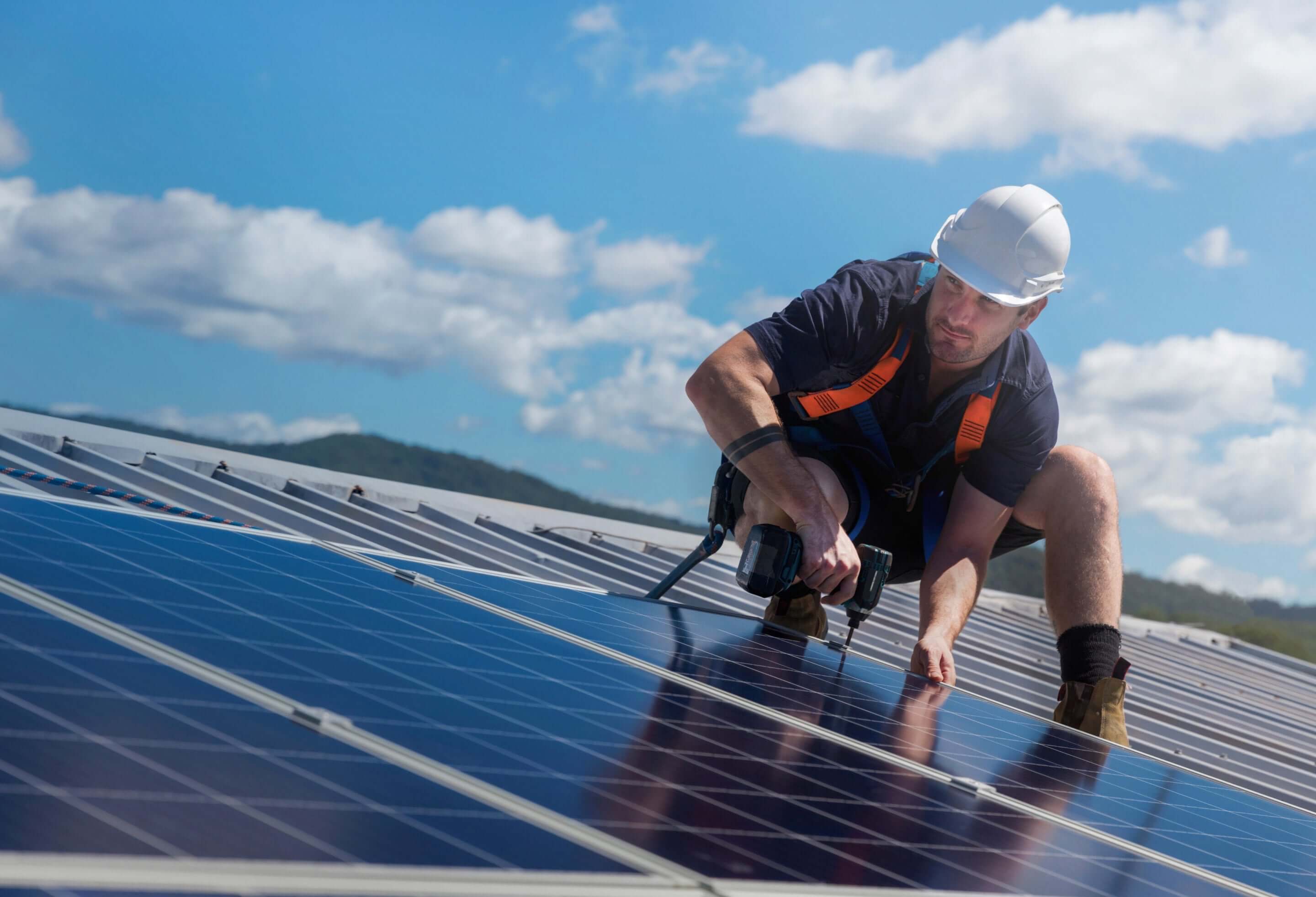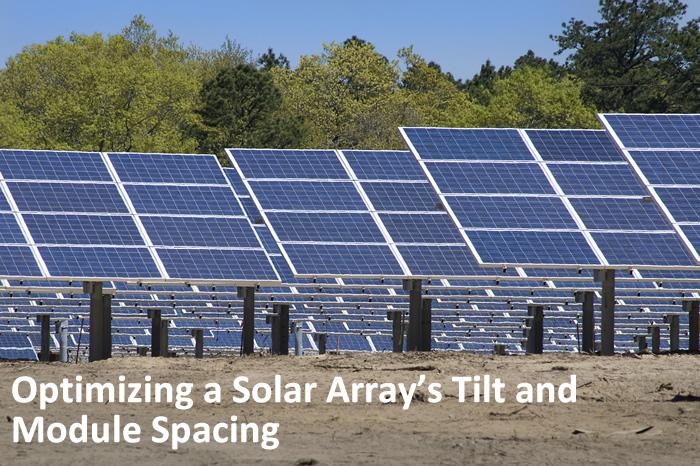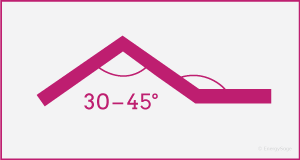Panels mounted on a standard pitch roof facing east or west will produce approximately 15 less output than panels mounted on a south facing roof of a standard pitch.
Ideal orientation for fixed solar panels.
An additional 3 5 though can be gained by evaluating this more carefully.
It just depends on where you live.
Solar panels should always face true south in the northern hemisphere north in the southern hemisphere tilted from the hoizontal at a degree equal to your latitude plus 15 degrees in winter or minus 15 degrees in summer.
Orientation of the panels.
Calculating the ideal angle for your solar panels is not that difficult.
For example with this logic in the bay area near san francisco you would want to tilt solar panels at 22 or 23 degrees.
Since solar panels are more productive when the sun s rays are perpendicular to their surfaces the certainly best orientation is the one directly true south azimuth angle 180.
For the best results solar panels should be oriented towards the south.
Therefore directions like southwest or southeast are fine.
The angle is calculated based on your latitude.
In the northern hemisphere the general rule for solar panel placement is solar panels should face true south and in the southern true north.
A simple rule to follow in the united states is to multiply your latitude by 0 76 then add 3 1 degrees.
On the contrary in the countries of the southern hemisphere such as south africa and australia the best orientation is true north.
The orientation of the panels is important to capture a maximum of sunlight and therefore produce a maximum of energy.
Solar panels should face south for any home in america to obtain maximum power generation.
On a fixed installation what direction is best to have the best production.
After finding the best place to install your solar panels your installer will select the ideal tilt.
The angle is based on your latitude minus 15 degrees.
This is because the sun is always in the southern half of the sky in the northern hemisphere.
Usually this is the best direction because solar panels will receive direct light throughout the day.
South facing roofs receive the most sunlight and therefore the most solar energy during the day.
As a general rule of thumb keep in mind that the panels need to be more vertical during winter to face the lower sun directly and more tilted towards the ground during summer to face the higher sun.


























